Optimal Timing for Jamb Painting
Jamb paintings are a traditional form of decorative art applied to door frames and entryways, often showcasing intricate designs and cultural motifs. Their application enhances the aesthetic appeal of interiors and reflects artistic heritage. Proper timing for jamb painting ensures durability, quality, and a smooth finish, making it an important consideration for homeowners and decorators.
The best periods are typically during dry, mild weather conditions to prevent moisture-related issues and ensure proper drying and curing of paint.
Temperatures between 15°C and 25°C (59°F to 77°F) are recommended for applying jamb paints for optimal adhesion and finish.
Low humidity levels, generally below 60%, help prevent paint from drying too slowly or developing defects.
Painting should be avoided during rainy or humid seasons to prevent moisture from affecting the paint's adhesion and curing process.

Spring offers mild temperatures and low humidity, ideal for applying and drying paint effectively.
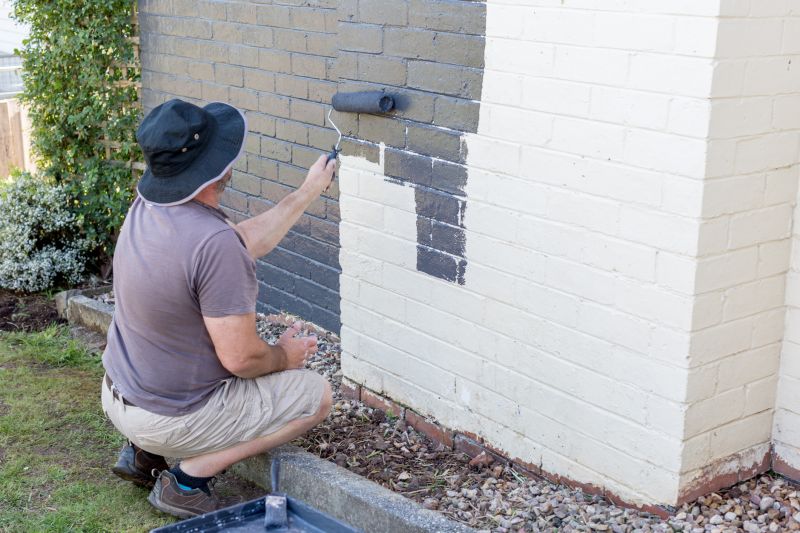
Summer provides warm, dry conditions suitable for painting, but avoid peak heat hours to prevent paint mishaps.

Autumn's stable weather and moderate temperatures make it a good time for jamb painting projects.
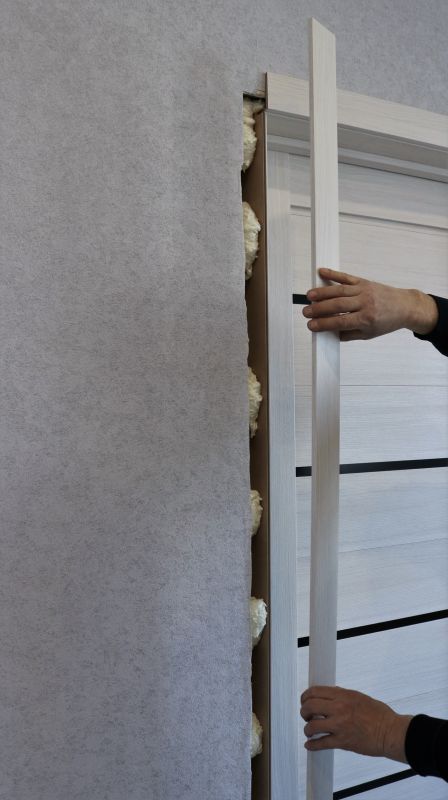
Winter is generally less suitable due to cold temperatures and higher humidity, which can hinder paint curing.
| Season | Recommended Conditions |
|---|---|
| Spring | Mild temperatures, low humidity, dry weather |
| Summer | Warm, dry conditions, avoid peak heat |
| Autumn | Moderate temperatures, stable weather |
| Winter | Cold temperatures, high humidity, not ideal |
Jamb paintings are a distinctive decorative element that can significantly enhance the visual appeal of interior spaces. They often feature traditional patterns, cultural symbols, and vibrant colors, making them a focal point in many architectural styles. Proper timing for application ensures the longevity of the artwork and maintains its aesthetic quality over time. Seasonal considerations, such as temperature and humidity, play a crucial role in achieving a smooth, durable finish.
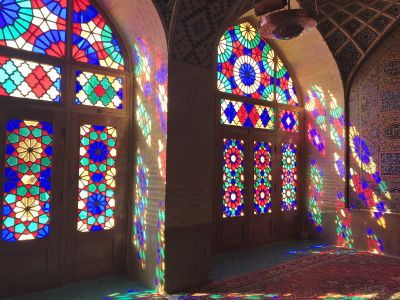
Detailed patterns and motifs are often used to reflect cultural heritage.

Contemporary styles incorporate bold colors and abstract designs.
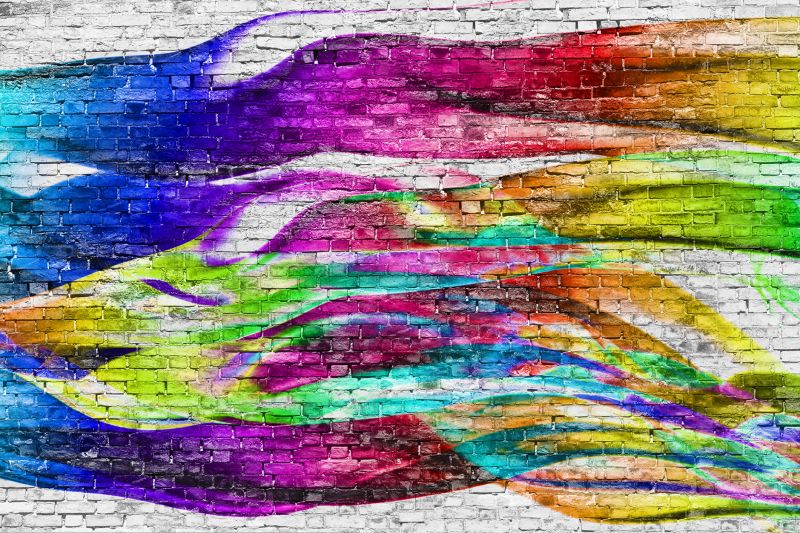
Vibrant hues highlight the craftsmanship and artistic expression.

Fine brushwork and detailed motifs showcase skilled artistry.
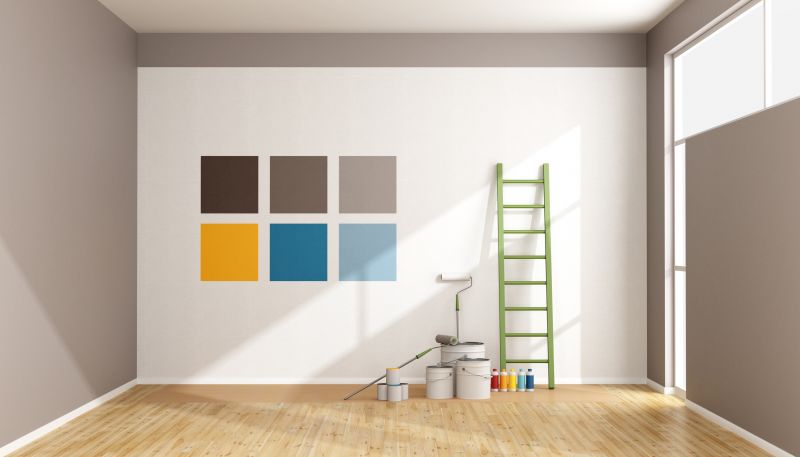
Ways to make Jamb Paintings work in tight or awkward layouts.

Popular materials for Jamb Paintings and why they hold up over time.

Simple add-ons that improve Jamb Paintings without blowing the budget.
Choosing the right time for jamb painting not only enhances the appearance but also extends the life of the artwork. Proper preparation, including selecting suitable weather conditions and timing, ensures that the paint adheres well and cures properly. This careful planning results in a durable, visually appealing finish that can last for years with minimal maintenance.
Interested in enhancing interiors with traditional or modern jamb paintings? Fill out the contact form for more information.
